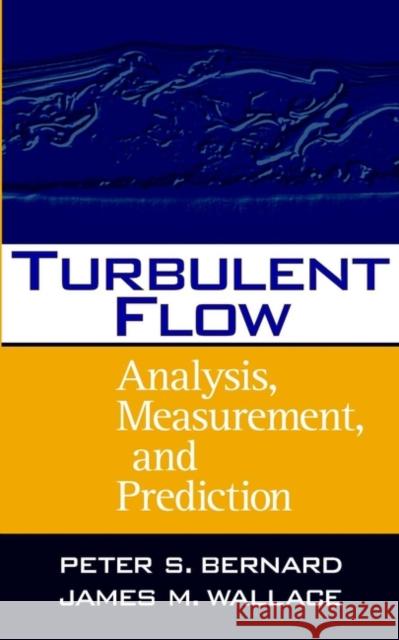Turbulent Flow: Analysis, Measurement, and Prediction » książka
topmenu
Turbulent Flow: Analysis, Measurement, and Prediction
ISBN-13: 9780471332190 / Angielski / Twarda / 2002 / 512 str.
Provides unique coverage of the prediction and experimentation necessary for making predictions.
- Covers computational fluid dynamics and its relationship to direct numerical simulation used throughout the industry.
- Covers vortex methods developed to calculate and evaluate turbulent flows.
- Includes chapters on the state-of-the-art applications of research such as control of turbulence.











